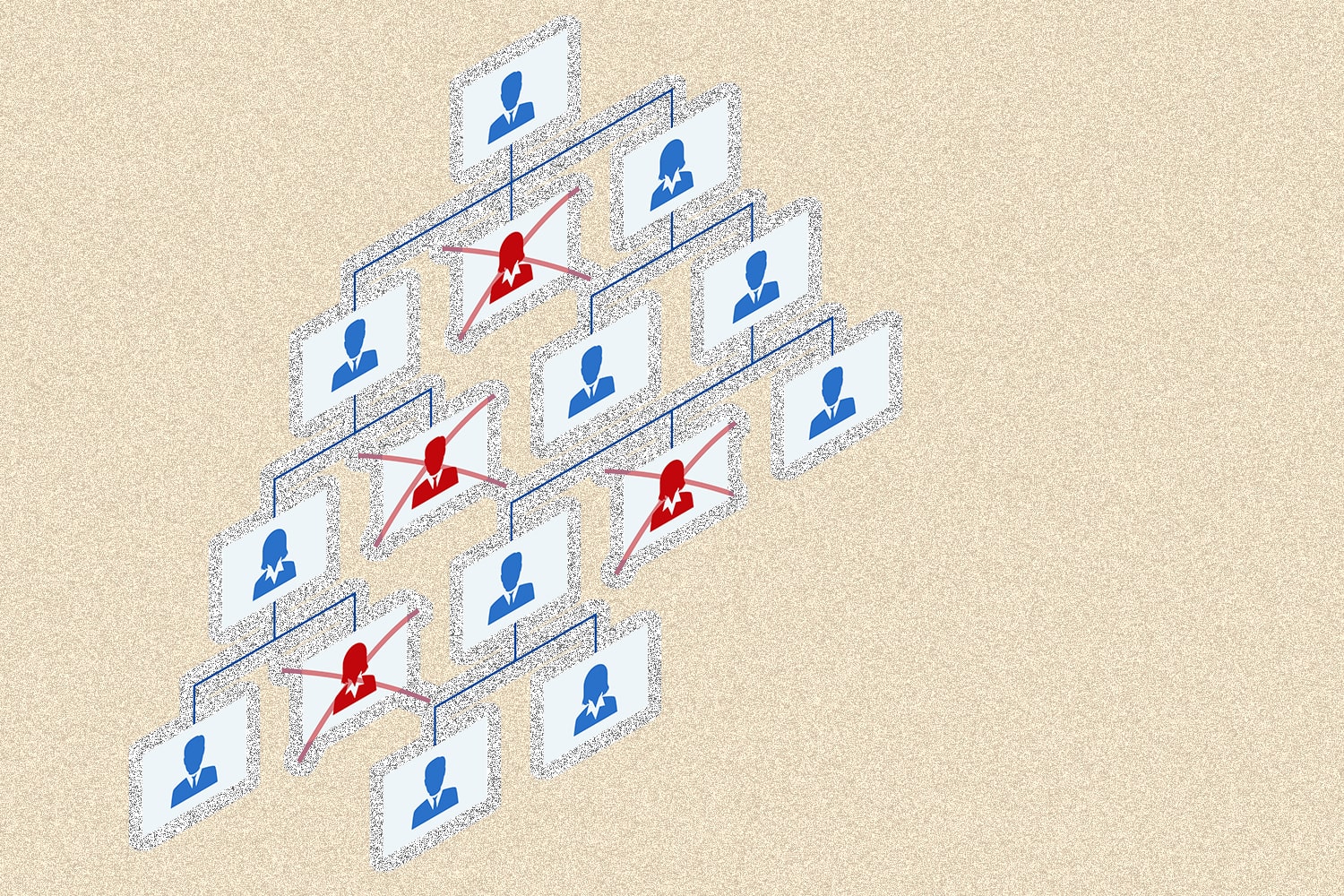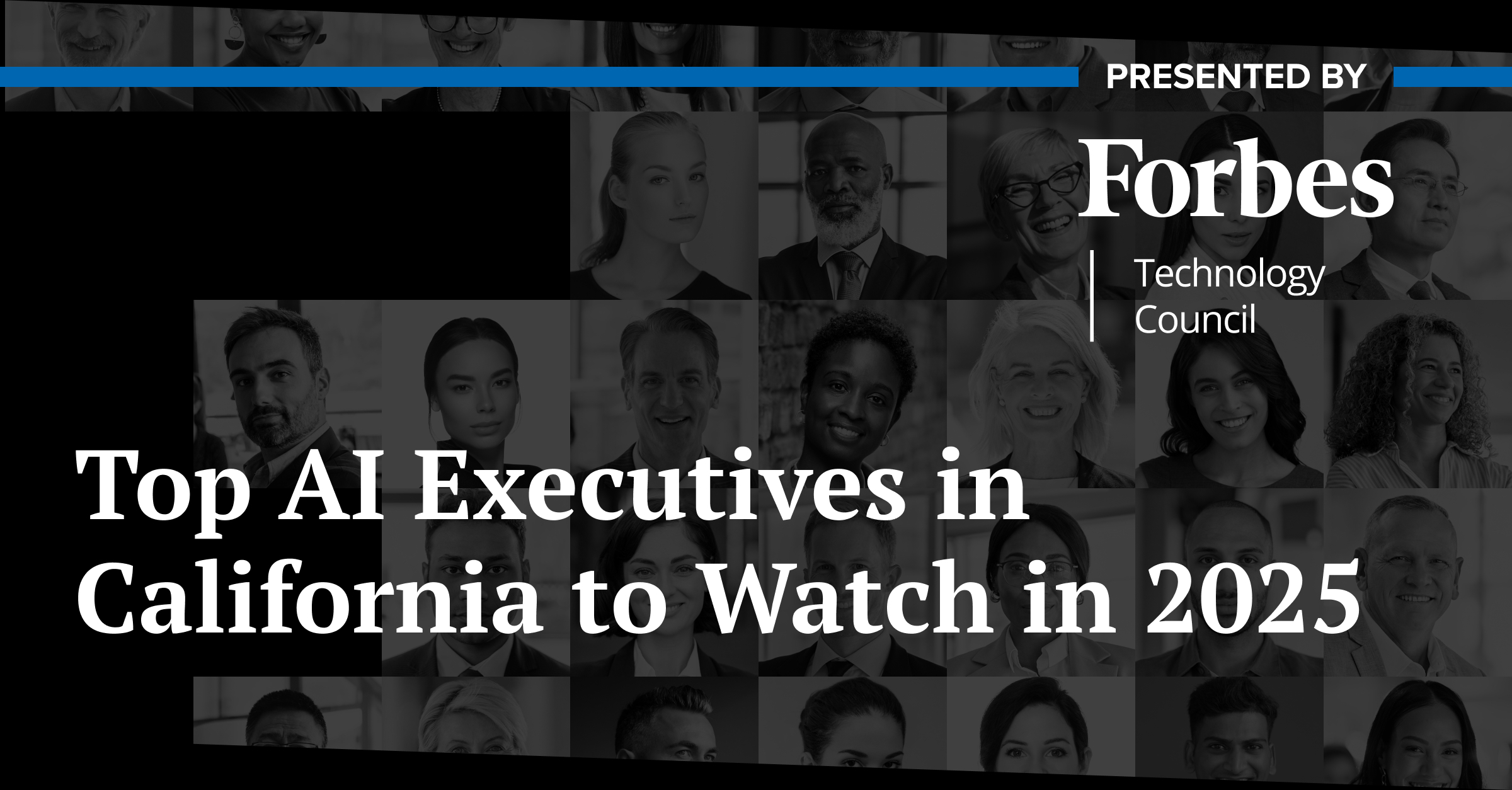This May will mark three years since the murder of George Floyd. In the aftermath of his untimely death, diversity, equity, and inclusion progress remains tenuous. The state of DEI jobs is ever-changing, constantly impacted by the state of the world and current events. Even as DEI leaders report influence across corporate America and begin to demonstrate progress, not nearly enough is being done.
Many tech companies have been cutting their DEI staff to start 2023. Twitter’s DEI team has gone from 30 to two employees. Meta and Amazon have also eliminated DEI positions in the face of a potential recession.
The DEI job cuts come at a polarizing time for policing in this country. An unarmed Black man, Tyre Nichols died in the hospital three days after being taken into custody by Memphis police in early January. The officers in question, who are also Black men, say they stopped Nichols because of a traffic violation. After his death, these officers were fired from their positions and charged. The death of George Floyd brought to light what many consider to be a deafening problem not only in policing but also in the workplace — DEI efforts aren’t being carried out.
According to data published by Textio, a firm that helps companies create unbiased job ads, DEI roles were down 19% last year compared to three years earlier. This shake-up is disrupting diversity pledges made by companies three years ago. The data behind the layoffs in the DEI space can be accredited to Revelio Labs Inc., a startup that analyzed the recent layoffs and found recruiters are substantially more affected by layoffs than other professions.
Looking Back on Corporate DEI Progress
After the death of George Floyd in 2020, companies of all industries were put on notice by employees, customers, the media, and Black Lives Matter protesters who were demanding company leaders rethink racial and gender diversity in their ranks. Executives could no longer turn a blind eye to the Black Lives Matter movement, which had been building for years. The combination of a pandemic shutdown mixed in with political unrest and a racial divide led activists to demand more.
What developed from millions of people taking to the streets of cities and towns across the country was a cultural shift on diversity, equity, and inclusion. The three words meant companies would have to look deep into the fabric of the people it hired and for many, their first chief DEI officer was formed to take a radical look at how the company could succeed in this new era.
“My hiring, the creation of my position has represented a much more conscious alignment between internal and external, and also an acknowledgement that they didn’t have the expertise to do anything relevant to culture,” says one DEI professional in the non-profit space who spoke to Senior Executive only on the basis of anonymity.
Other companies followed suit in their hiring of DEI professionals. Three months after George Floyd’s passing, job listings for DEI positions jumped by 123% percent according to research conducted by Indeed. Companies were quick to throw money and resources into DEI after hearing the concerns of customers and employees. At the time of the report, Misty Gaither, director of global diversity, inclusion, and belonging business partners at Indeed, said, “The positions range from entry-level programmatic roles up to the C-suite, with companies making historic moves to meet the moment.”
In June 2020, during pride month, companies across all forms of media changed their logos to show representation for the LGBTQIA+ community. Research conducted by the public relations firm Edelman found more than 51% of U.S. employees said that were more likely to work for a pro-LGBTQ company compared to 11% who said they were less likely.
2020 was also the great awakening of companies speaking out against Asian hate. A wave of Asian-Americans were being attacked in the aftermath of the global coronavirus pandemic. To combat that, a group of prominent business leaders created the Asian American Foundation and funded a $250 million campaign to support the causes of Asian Americans and Pacific Islanders (AAPI).
By the end of 2020, corporations had thrown lots of money and research at trying to bring about change to their organizations. The NFL wasn’t exempt from changing some of its practices and the calls were growing louder for one team in particular to rid itself of an offensive name to Native American people. The Washington football team, formerly known as the Washington “Redskins,” had changed its name to the “Commanders” after 87 years.
Changing the name of an NFL institution was just part of the league’s evolution. The NFL has also been focused on increasing diversity of coaches. According to data published by the league, the percentage of people of color in coaching positions increased from 35% in 2020 to 39% in 2021. A year later, the NFL made adjustments to the Rooney Rule (established in 2003), setting forth a new diversity and inclusion effort for the 2022 season that required its 32 teams to employ a woman, or a member of an ethnic or racial minority as an offensive assistant coach.
Zooming out to the corporate landscape, there was a flux of executive-level jobs in 2022. LinkedIn had more than 500,000 C-suite job postings, and between 2019 and 2022 there was a 168.9% increase in hires for chief diversity and inclusion officers. This was a shift compared to only 4.5% between 2021 and 2022. As we head into 2023, the question remains as to how the DEI corporate landscape will continue to evolve.
Are We There Yet?
At BerlinRosen, a public relations firm that caters to hundreds of clients, Thaly Germain is the managing director of transformation and culture. Currently, 73% of employees at BerlinRosen identify as women, compared to 26% of men and 1% who identify as non-binary. Germain shares that the company has made systemic progress on its DEI infrastructure by creating a DEI Committee, investing in DEI training for staff, and involving Employee Resource Groups (ERGs) in company policy changes. That being said, she also acknowledges that progress is ongoing.
To move forward with DEI goals, Germain advises companies to conduct a DEI audit of the organization to uncover specific strengths and areas of growth. In 2019, BerlinRosen conducted an audit of their hiring process to minimize biased language in job descriptions. The goal behind the audit was to eliminate implicit bias, and many teams set a goal to have 50% or more candidates at the final interview stage identify as Black, Indigenous, and people of color (BIPOC), as noted in the company’s DEI Goals.
The result of the company’s long-standing DEI commitments is that:
- For two years running, 30% of the company leadership now identifies as BIPOC.
- In 2022, the company’s largest hiring year, 50% of new hires identified as BIPOC.
- The company compensation system includes equity pay and promotions.
However, with those wins Germain says the company is still working to improve their culture of inclusivity. “To help with that, we’ve launched an inclusive culture assessment where team leaders will use the data to set goals and strategy to create inclusion,” she says.
When asked whether we’re there yet, Celeste Narganes, vice president of DEI at Marqeta, says we’re hitting an inflection point.
“2020 was terrible in so many ways, and yet the movement that came from it was a really positive thing. It’s been three years now, and there’s been some progress, but there hasn’t been much,” says Narganes. “We needed to have this moment, this time lapse, to show it’s not about the performative stuff. It’s not enough to just say that we care, it’s not enough to have unconscious bias training, or people come in to speak — those things are not going to change the things that need to change.”
Companies are still learning that DEI needs to be baked into the culture of a company. Narganes adds that creating a culture of inclusion is not about one event, one community, nor one specific budget, it’s about a movement.
“I don’t care what we’re shouting from the rooftops, if there is no action to back that up, then it means nothing…DEI has to be a part of what every leader is working on. [At Marqeta] we have a strategy that starts from our CEO, each leader under that builds a strategy that feeds into that strategy, and all the way down, so every single person knows that their work that they’re doing is connecting to the company mission at the very top and at the very top sits our commitment to DEI, so that means that from there, everything everyone is doing also includes those commitments — that’s what makes a difference… It’s about a movement to infuse this work into everything that we’re doing,” says Narganes.
At the end of the day, whether companies are making strides in diversity, equity, and inclusion is left up to who you ask. BerlinRosen has worked with international companies that are just beginning to define DEI language.
“I do believe we’ve done more work than many nations given our history. We’ve done some foundational work but it’s hard to say anyone is actually ‘leading’ when discussing DEI and impact as a country,” adds Germain.
What Have Companies Learned?
Companies are learning that DEI initiatives need to be aligned with a company’s overall goals to have a long-lasting impact, explains James Felton Keith, founder and CEO of InclusionScore, an auditing, workflow, and insurance platform for diversity and inclusion.
“Companies are doing a lot of DEI projects — they’re building ERGs, they’re conducting external relations within the neighborhoods and communities they occupy, they’re trying to improve diversity in hiring practices, they’re changing board seats, they’re encouraging new suppliers,” he says. “But we look at all of those as just ‘projects.’ Those projects need to fit into the management process so they don’t fail over the long term.”
Meanwhile, the diversity leader at Twitch, a streaming platform for creatives, notes that companies are still learning the importance of building a backbone of inclusivity.
“There are a number of people within the company who are excited about doing this work but aren’t always knowledgeable on how to accomplish that,” says Maurice Wilkins, director and head of talent, inclusion, diversity, equity, and belonging at Twitch.
One strategy Wilkins is focused on is conducting marketing outreach to underserved communities to increase staff representation. Additionally, he shares the initiatives he’s focused on at Twitch to reach the organization’s DEI goals: creating accountability through relationship building, fostering executive support from the C-suite, and creating an inclusive culture for employees and subscribers. He adds that peer groups have the ability to hold each other accountable to the company’s overall DEI mission.
Another lesson companies are still learning the hard way is that they need to create a foundation of inclusivity to support and retain high-potential hires from different backgrounds.
“The biggest mistake organizations can make when trying to implement a DEIB (diversity, equity, inclusion, and belonging) strategy is to start by adding people from diverse communities without looking at the existing culture,” says Jackye Clayton, vice president of talent and DEI at Textio.
Another takeaway is the importance of allocating a healthy budget towards DEI so the work can continue.
“In general, if a company has taken meaningful steps to devise a long-term DEI strategy and set things in motion, including allocating a healthy budget and hiring staff to drive the work forward across the entire organization, the work will continue for the long-term, knowing that it is ongoing work that requires sustained focus,” says Germain. “If a company hasn’t, however, then efforts will wane and the impact will be seen in its ability to meet the expectations of its staff as well as its customers.”
As we approach the month of May and the date of George Floyd’s death, the question remains: Have the calls for racial equity in the workplace been answered?






